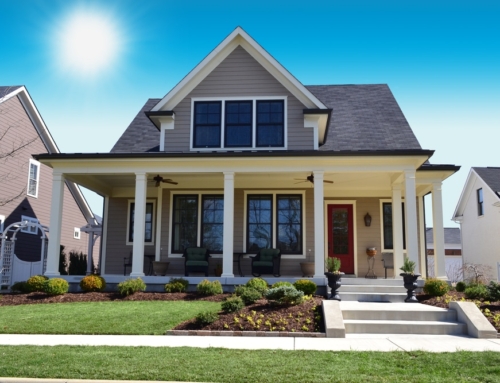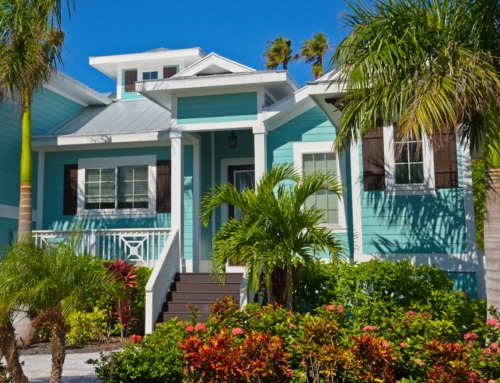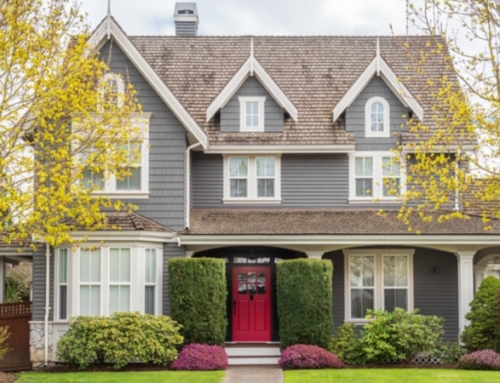How many low-income loans can one company make?
According to new rules proposed recently by the Department of Housing and Urban Development (HUD), the answer could simply be “a whole lot.â€
In 1992, Congress granted HUD the authority to set housing goals for Fannie Mae and Freddie Mac, the federally-chartered, publicly traded companies that buy the vast majority of home loans from mortgage brokers, banks, and credit unions. Fannie and Freddie, as they’re commonly known, turn around and package these loans into securities that are sold to investors in the U.S. and abroad.
The original HUD goals included specifying what percentage of all loans Fannie and Freddie bought were from low-to-middle-income borrowers, what percentage of the loans had to come from areas that were underserved by local lenders, and what percentage of loans had to be made to low-income families.
In 1994, the first year the rules went into effect, 30 percent of Fannie and Freddie’s loans had to meet these housing goals.
“The percentage has gone up every year,†noted Michelle Davis, Fannie Mae’s vice president for regulatory policy. “And, we’ve never missed a single goal.â€
But it sure was tough meeting that goal last year, Davis admitted, since nearly 80 percent of loans lenders closed in 2003 were refinances rather than home purchases. In general, wealthier homeowners tend to refinance at a greater rate than low-to-middle income homeowners. Under current HUD rules, 50 percent of the loans purchased by Fannie and Freddie last year had to meet the three housing goals, up from 30 percent in 1994.
“We met those goals by reaching out to credit-impaired borrowers, those that don’t have the same documented incomes†and have different forms of credit, Davis explained.
Fannie Mae has also been developing new markets through faith-based partnerships that reach into underserved communities.
“We did one in Michigan with a real estate agent who has her own church. She believes homeownership is key to turning around her community. Someone from our partnership office sat down with her and talked about the needs the community has. Then, we needed to tailor a (loan) product and find a lender who could make those loans and was willing to do homeownership counseling,†explained Davis. “Because we’ve learned that home buyers who have had counseling are more likely to do it right.â€
“It can take a year to set one of these things up, and it can turn out that 50 to 75 percent of the loans end up as FHA loans because they had better interest rates for lower-income people,†Davis added.
For all of the faith-based partnerships and hundreds of millions of dollars Fannie and Freddie have poured into meeting HUD’s housing goals, the number of minority homeowners continues to trail badly compared to the number of white homeowners.
In its new report, the “Economic Benefits of Increasing Minority Homeownership,†HUD notes that 74 percent of white households are homeowners, but only 48.5 percent of minority households own their own homes. (Still, in 1994, just 43 percent of minority households owned their own homes, so a small amount of progress has been made.)
According to HUD’s report, there are many reasons more minorities don’t buy homes. Minority households often lack the cash for a down payment and closing costs, lack access to credit, have a poor credit history, lack understanding and information about the home buying process, have language difficulties and cultural differences that lead to misperceptions of the U.S. mortgage finance system, and are often the victims of housing discrimination.
HUD argues increasing the number of minority homeowners will create jobs in the housing sector and generate more than $80 billion in first-year tax revenues. But the biggest reason to increase the number of minority homeowners is that housing continues to be the primary store of personal wealth for American families.
According to the HUD report, “the median wealth of a low-income homeowner under age 65 is 12 times that of a similar renter.†Paying down a mortgage each month builds up equity and true wealth — something that paying rent will never do.
Davis agrees that creating more minority homeowners is a good idea. But it means reaching out to communities that don’t have access to credit and banks, or are served primarily by predatory lenders.
“To achieve our mission, we have to reach out to borrowers who haven’t had a mortgage be available to them. We’ve had to be innovating. We have to be looking to local lenders to figure out what works,†she said, adding “Or we can’t do the job that we were created to do.â€
May 21, 2004.






Leave A Comment